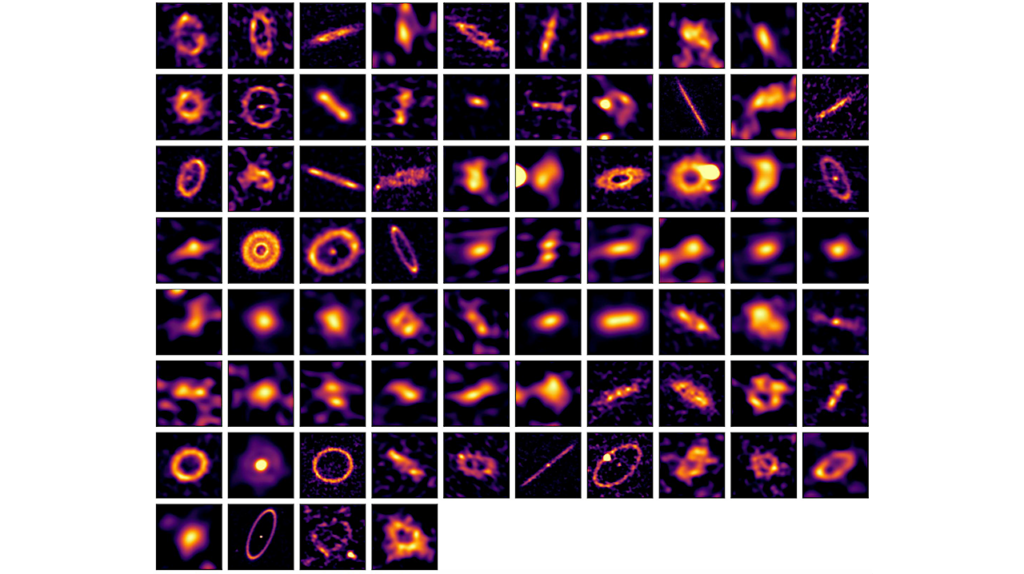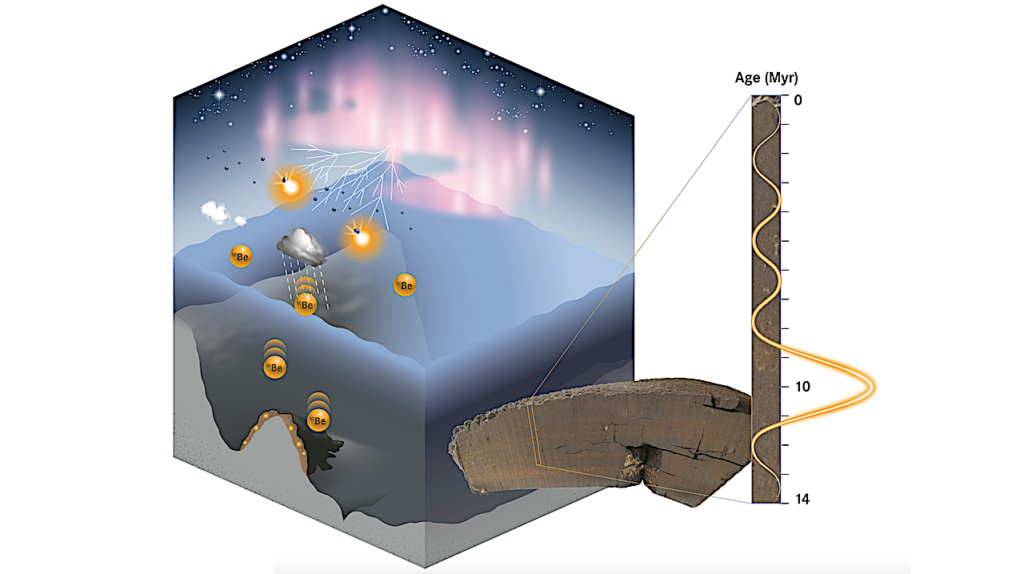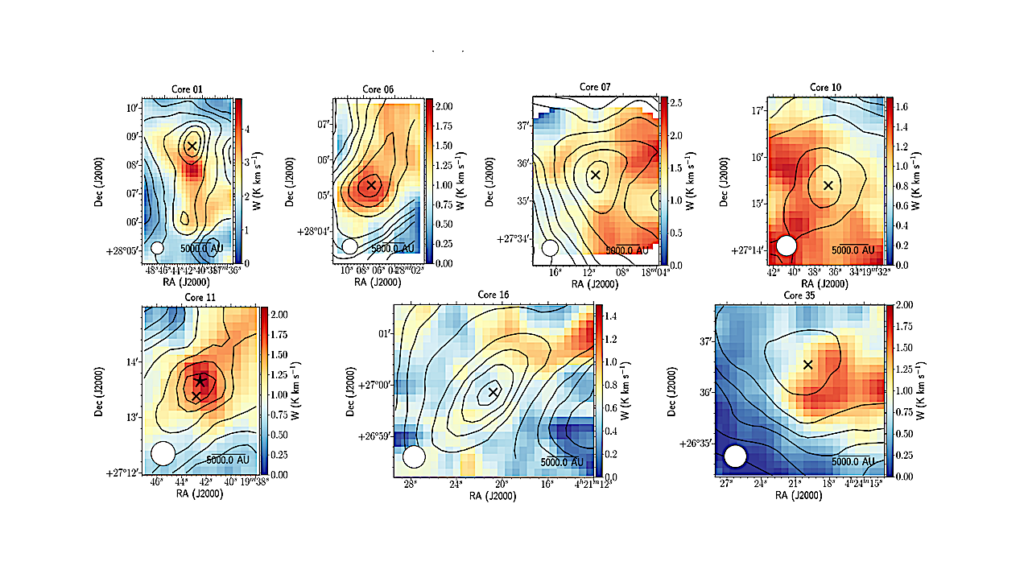The Elemental Abundances (with Uncertainties) of the Most Earth-like Planet

To first order, the Earth as well as other rocky planets in the Solar System and rocky exoplanets orbiting other stars, are refractory pieces of the stellar nebula out of which they formed.
To estimate the chemical composition of rocky exoplanets based on their stellar hosts’ elemental abundances, we need a better understanding of the devolatilization that produced the Earth. To quantify the chemical relationships between the Earth, the Sun and other bodies in the Solar System, the elemental abundances of the bulk Earth are required. The key to comparing Earth’s composition with those of other objects is to have a determination of the bulk composition with an appropriate estimate of uncertainties.
Here we present concordance estimates (with uncertainties) of the elemental abundances of the bulk Earth, which can be used in such studies. First we compile, combine and renormalize a large set of heterogeneous literature values of the primitive mantle (PM) and of the core.
We then integrate standard radial density profiles of the Earth and renormalize them to the current best estimate for the mass of the Earth. Using estimates of the uncertainties in i) the density profiles, ii) the core-mantle boundary and iii) the inner core boundary, we employ standard error propagation to obtain a core mass fraction of 32.5±0.3 wt%.
Our bulk Earth abundances are the weighted sum of our concordance core abundances and concordance PM abundances. Our concordance estimates for the abundances of Mg, Sn, Br, B, Cd and Be are significantly lower than previous estimates of the bulk Earth. Our concordance estimates for the abundances of Na, K, Cl, Zn, Sr, F, Ga, Rb, Nb, Gd, Ta, He, Ar, and Kr are significantly higher. The uncertainties on our elemental abundances usefully calibrate the unresolved discrepancies between standard Earth models under various geochemical and geophysical assumptions.
Haiyang S. Wang, Charles H. Lineweaver, Trevor R. Ireland
(Submitted on 29 Aug 2017)
Comments: 24 pages, 8 figures and 5 tables; Accepted by Icarus on 21 August 2017, in press. doi.org/10.1016/j.icarus.2017.08.024
Subjects: Earth and Planetary Astrophysics (astro-ph.EP)
Cite as: arXiv:1708.08718 [astro-ph.EP (or arXiv:1708.08718v1 [astro-ph.EP] for this version)
Submission history
From: Haiyang Wang
[v1] Tue, 29 Aug 2017 12:08:19 GMT (1043kb,D)
https://arxiv.org/abs/1708.08718








